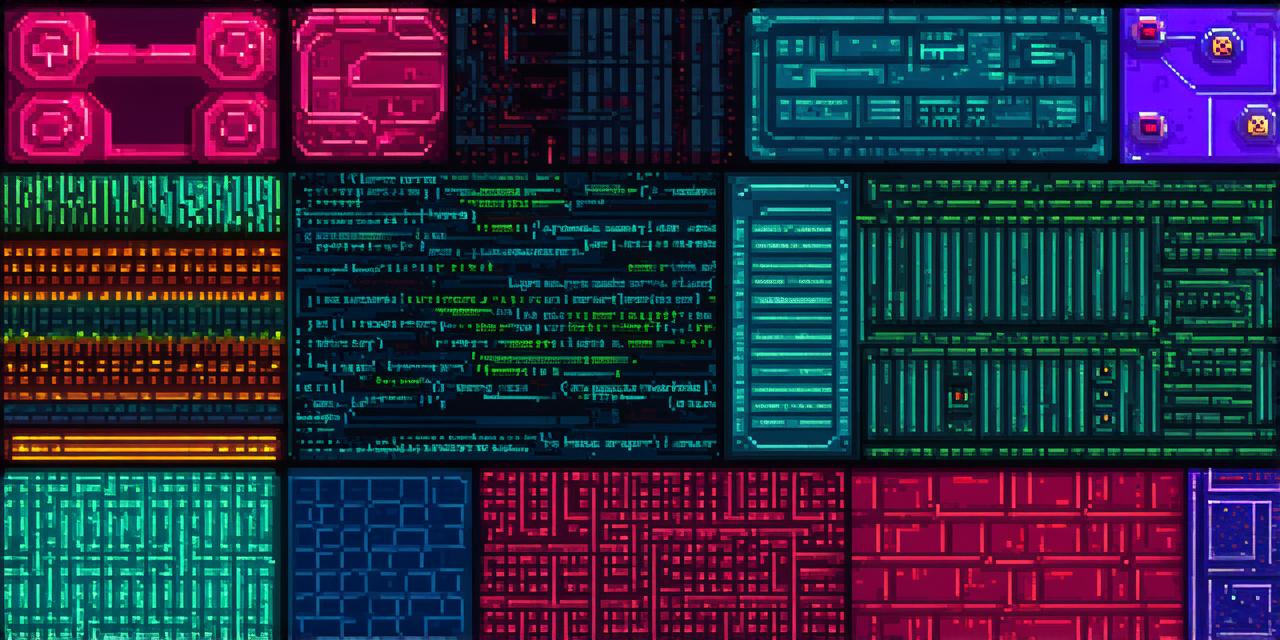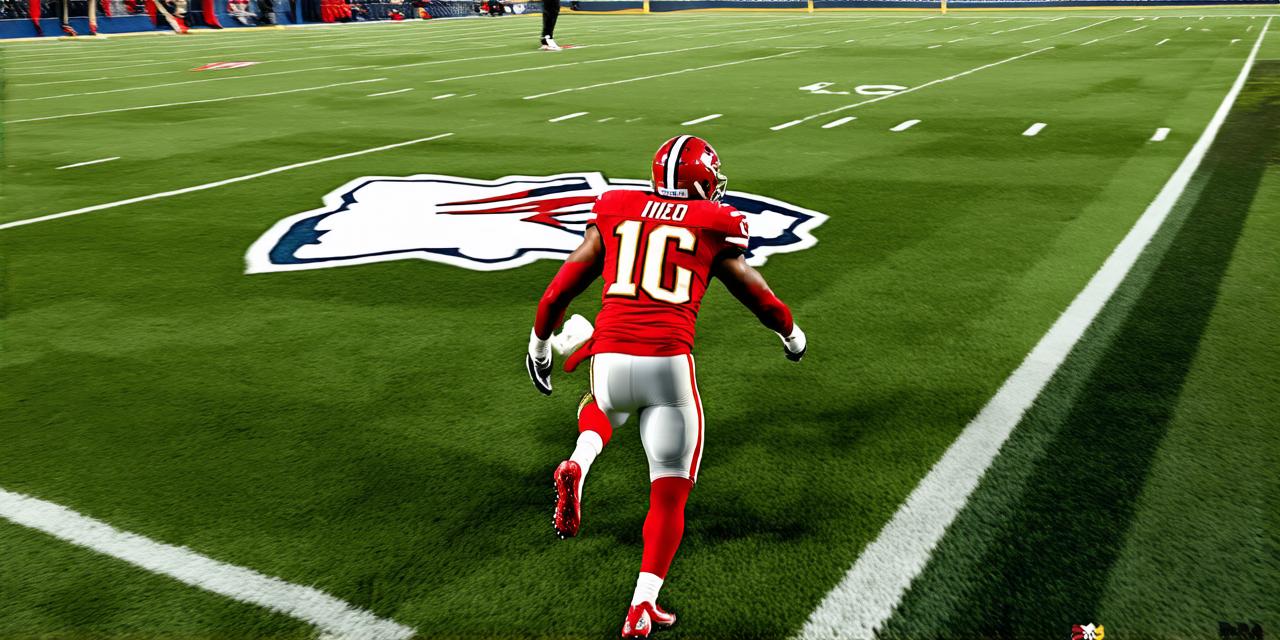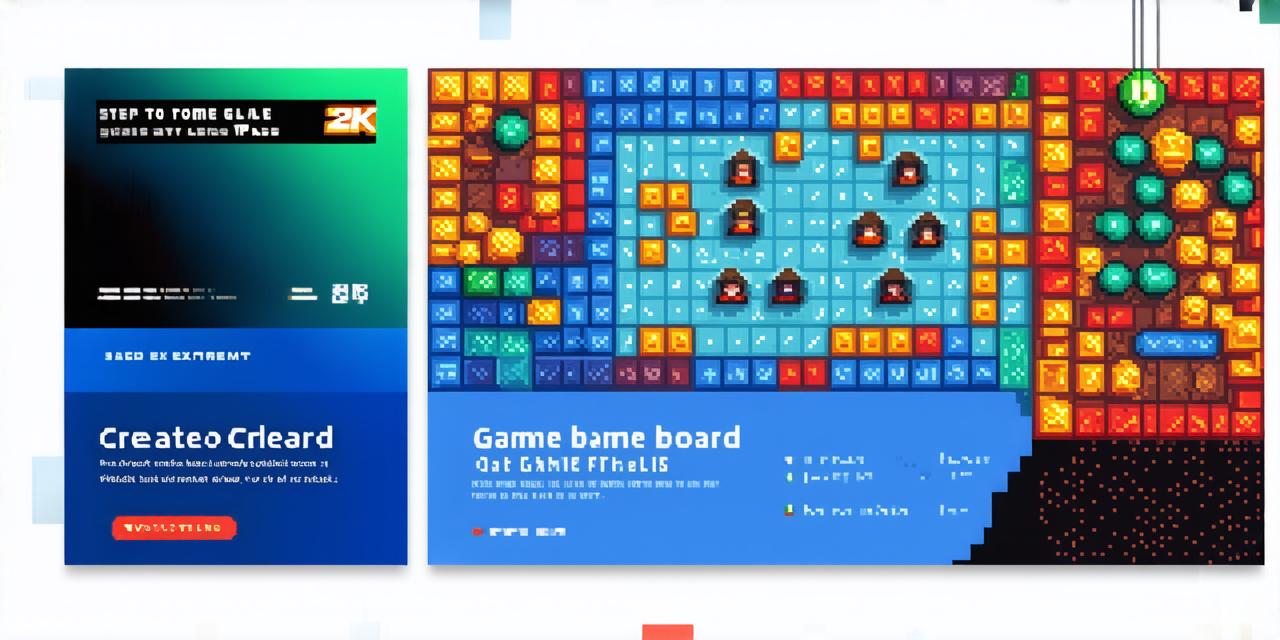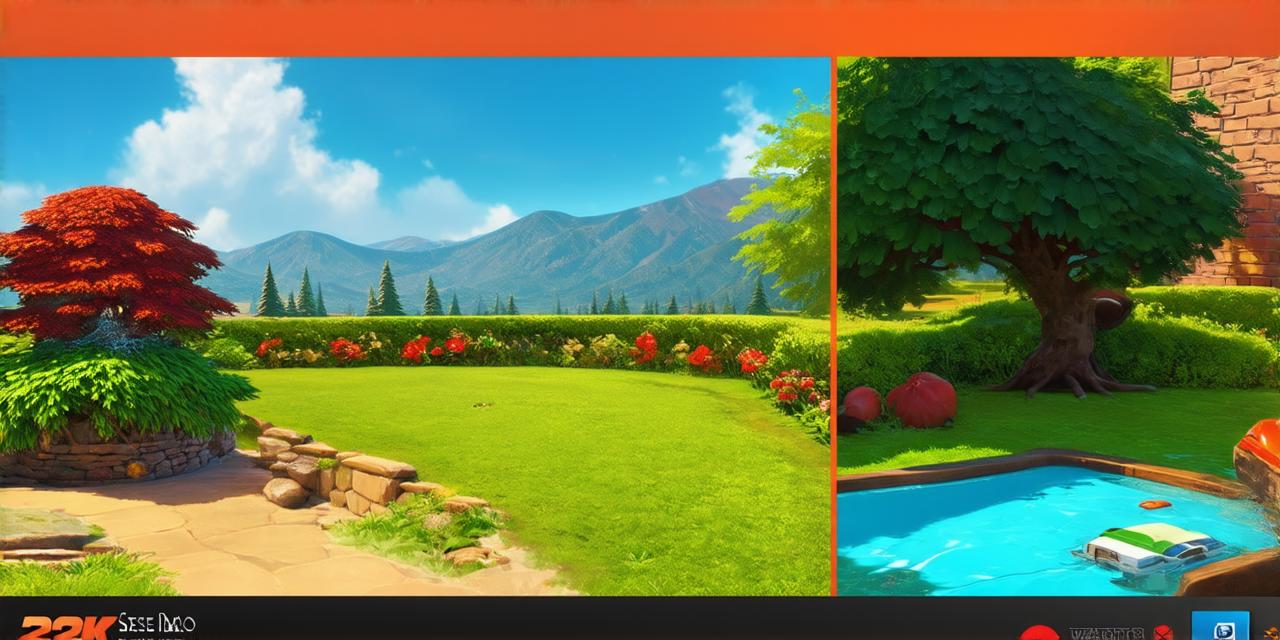
Introduction
Programming a video game can be an exciting and challenging task for developers. With the right skills and knowledge, anyone can create a game that captivates and entertains players. In this article, we will provide a step-by-step guide on how to program a video game, including best practices, case studies, and expert opinions.
Understanding the basics of programming
Before diving into the specifics of programming a video game, it’s important to understand the basics of coding. Programming involves writing code that tells a computer what to do. It can be done using various programming languages such as C++, Java, Python, and more.
To start programming a video game, you need to choose a programming language and set up a development environment. Some popular programming environments include Visual Studio, Unity, Unreal Engine, and Godot. Once you have the necessary tools and knowledge, you can begin coding your game.
Designing the game concept
Before you start coding, it’s essential to design the game concept. This includes defining the game mechanics, characters, levels, and other game elements. It’s important to have a clear idea of what you want to achieve before you start coding.
One case study that illustrates the importance of designing the game concept is “Minecraft”. When Markus Persson, the creator of Minecraft, started developing the game, he had a clear vision of what he wanted to achieve. He wanted to create a sandbox game where players could build and explore virtual worlds. With this concept in mind, Persson was able to code the game successfully and it became one of the most popular games in the world.
Choosing the right tools and engines
There are various tools and game engines available for game development. Some popular game engines include Unity, Unreal Engine, Godot, and Construct 3. Each engine has its own strengths and weaknesses, so it’s essential to choose the right one for your project.
For example, Unity is a versatile game engine that supports both 2D and 3D game development. It has a large community of developers and a wide range of assets and tools available. On the other hand, Unreal Engine is known for its advanced graphics capabilities and is often used for creating AAA games.
Writing the code
Once you have designed your game concept and chosen your tools and engine, it’s time to start writing the code. The code will depend on the programming language you are using and the game engine you have chosen.
For example, if you are using Unity, you can use C or JavaScript to write the code. If you are using Unreal Engine, you can use C++, Blueprints Visual Scripting, or C. The code will typically include functions for creating game objects, handling user input, managing game state, and rendering graphics.
Debugging and testing the game
As you write the code, it’s important to test and debug it regularly. This involves running the game and checking for errors or bugs. You can also use tools such as debuggers and profilers to help identify and fix issues in your code.
One case study that illustrates the importance of testing and debugging is “The Legend of Zelda: Breath of the Wild”. When Nintendo developed this game, they spent months testing and debugging it to ensure that it was bug-free and ran smoothly on various platforms. This attention to detail helped make the game a huge success.
Optimizing the game for performance
When programming a video game, it’s essential to optimize it for performance. This includes minimizing load times, reducing memory usage, and improving frame rates.
One way to optimize the game is to use techniques such as level of detail (LOD) and occlusion culling. LOD involves using lower-resolution models for objects that are far away from the camera, while occlusion culling involves hiding objects that are not visible to the player. This can significantly improve the game’s performance.



